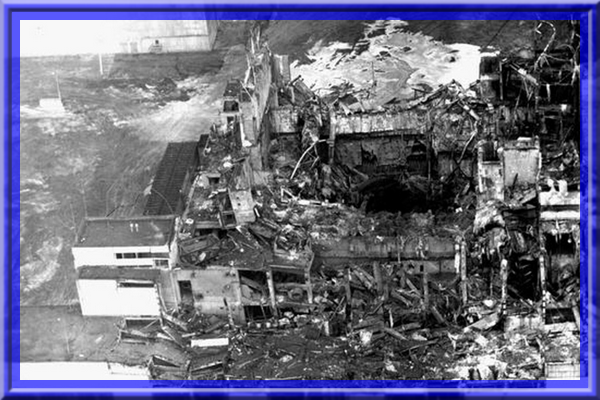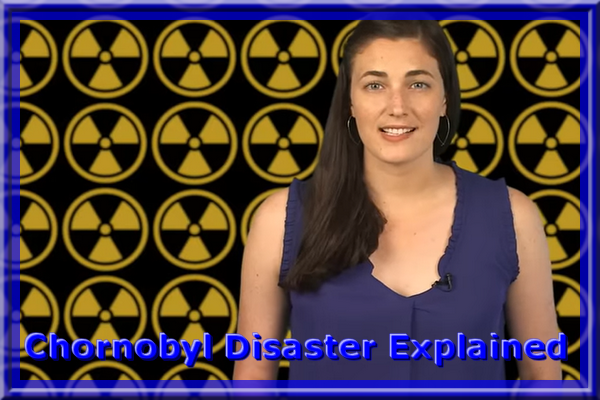
Chornobyl 38 Years Later – How in 2022 Russian Forces Almost Caused Another Disaster
Valeriy Semenov remained at Chornobyl throughout its occupation, trying to prevent a second disaster there. Here’s his account of how: ‘They Were Looking for Biolabs, But Got Irradiated’
April 26 marks the 38th anniversary of one of the largest man-made disasters in human history.
The 1986 explosion of Reactor No. 4 at the Chornobyl Nuclear Power Plant – which stands less than 100 kilometers (62 miles) from Kyiv, the capital of Ukraine – turned the 30 kilometers (19 miles) circling the power plant into an “Exclusion Zone” – a place deemed unsafe for humans to live.
But people can work in the exclusion zone if they avoid certain areas and take the proper precautions.
The station has continued operating since the 1986 disaster, and today employs some 2,400 people.
Almost immediately following the disaster, Soviet liquidators exposed themselves to- and many died from- doing the work necessary to prevent dangerous levels of radiation from spreading much farther beyond the exposed reactor, which continued burning for ten days after the explosion.
A concrete “sarcophagus” – a protective shell around the disaster site – was built, and then, after its deterioration from radiation, was covered over with another, $2.1 billion shell, in May 2021.
Reactors No. 1, 2, and 3 were gradually being decommissioned.
Scientific studies and tourist visits were permitted around the station and in parts of the exclusion zone.
However, on Feb. 24, 2022, Chornboyl was again in danger.
Watch:
![]()









